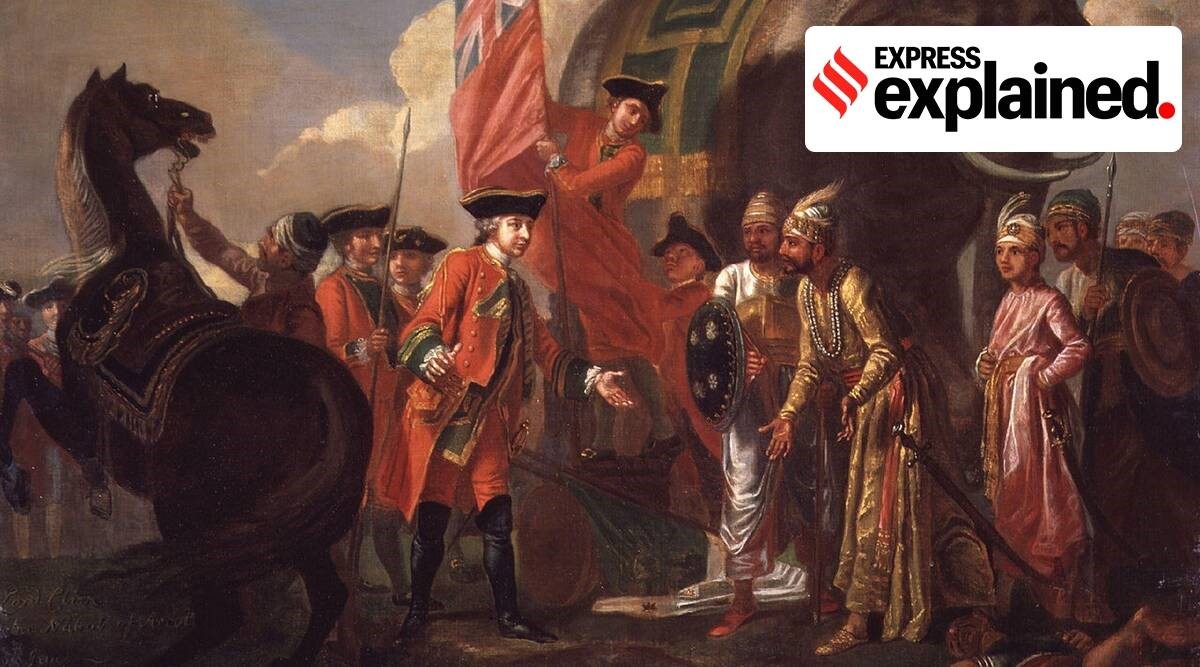Free Courses Sale ends Soon, Get It Now


Free Courses Sale ends Soon, Get It Now



Copyright infringement not intended
Context: The Treaty of Alinagar, signed on February 9, 1757, was a reluctant agreement signed by Bengal’s Nawab Siraj ud Daula with the English East India Company. An outcome of decades of tension that bubbled over into armed conflict between the two parties, the Treaty strengthened the position of the British in Bengal and laid foundations for the Battle of Plassey a few months later.
Details:
Trading with India:

The Treaty:

© 2024 iasgyan. All right reserved